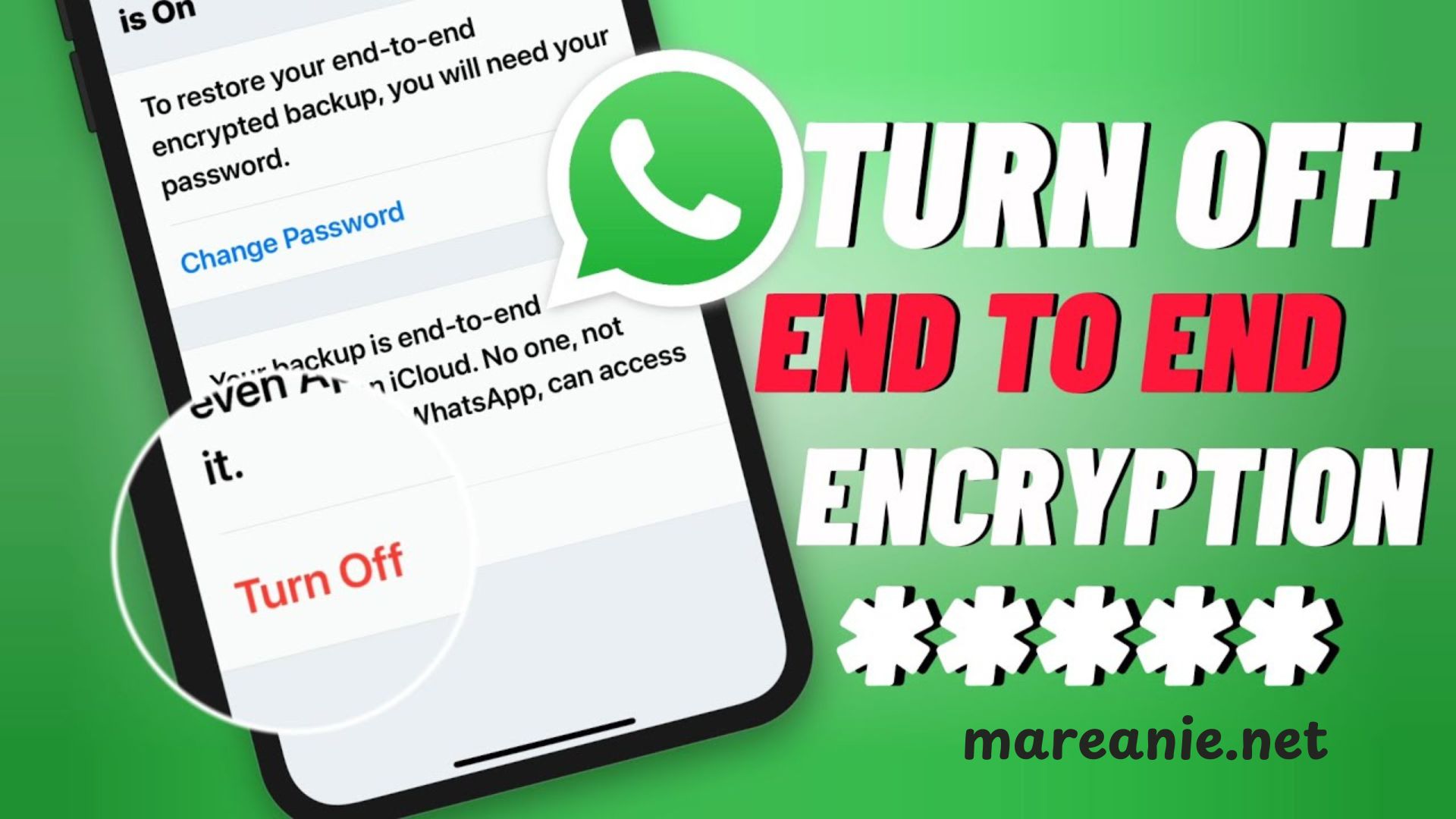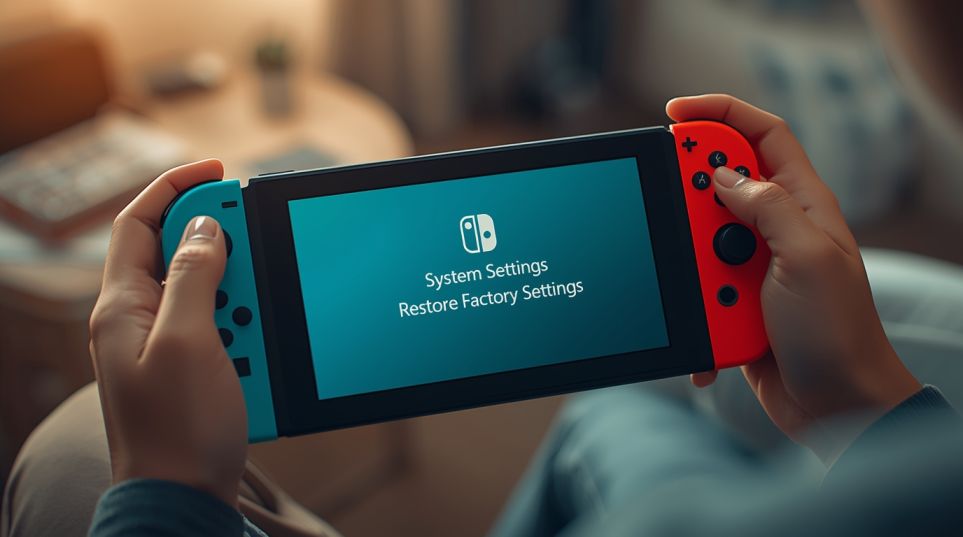In a connected world, consumers expect that the fetching, storing, transferring and securing of information would live up to the brilliance of a promised personal conversation. The genius behind it is end-to-end encryption (E2EE), which locks your messages, calls and data in an impervious box. It means that only you and whoever you are communicating with will have access to the contents- not the app developers, not even the hackers and not even the government agencies. However, there are rare but valid situations where someone might go searching for how to turn off end to end encryption. It may be that you need to backup your messages with a cloud service that does not support E2EE, or perhaps that you are just trying to troubleshoot a synchronization between the mechanisms. It is important to realize how this process works but what is more important is to conceive the great trade-off one is getting: convenience in exchange of huge sacrifice in privacy and security. It will take you through situations of E2EE existence, applications that can turn it off, and what consequences there of can entail.
What is End to End Encryption in the First Place and Why is it Important?
In order to know what you are waiving, you should have to know how end to end encryption work. Think of the case of you mailing a letter. With no encryption, it is similar to a postcard- any person that receives it can read the contents contained therein. Standard encryption is like putting that bunch of letter in a closed envelope so that when the mail carrier receives it, he/she can not read, but the post office (the platform) still retains the ability to open. End-to-end encryption is just like the lock on a briefcase, which only you and the recipient holder have a key to unlock it. The message is encrypted on your device and decrypted on a recipients device. The service provider does not actually possess keys and is thus unable to reach the data.
This technology is not of importance only in hiding ordinary conversations. It is one of the human rights in the era of digitalization, which is an essential requirement to:
- Dictators who keep secrets of their people safe
- Active campaigners in the face of regimes.
- Communications of lawyers and doctors with confidential information about clients and patients.
- Companies that protect intellectual property
- Ordinary citizens protecting their finances, personal snapshots, and personal discussions against being mined and compromised en masse.
A recent report, published in 2023 by the Pew Research Center, indicated that an increasing number of citizens in the country are acknowledging the online effectiveness of encryption as a personal security measure. Turning off this protection exposes you to being overheard,tracked, and spied on. The intent behind a search for how to turn off end to end encryption is often practical, but the consequences are deeply security-related.
Plug-ins that enable you to turn off encryption (and how)
At the same time, it is necessary to pay attention to the fact that the vast majority of privacy-oriented apps, such as Signal or ProtonMail, do not provide an opportunity to switch E2EE off because it is a fundamental, unnegotiable functionality. However, others which are more forgiving messaging and storage platforms, can have a way to opt-out, as a way to support cloud backup functionality.
WhatsApp:
WhatsApp employs end-to-end encryption as the default option of all communications. You cannot turn it off per chat. But with whitelisting backups in Google Drive or iCloud, the backup is not E2EE anymore. Your messages will be then secure, as long as the cloud provider provides such security (encrypted in transit and at rest, without end-to-end encryption by default).
Go to Settings in WhatsApp.
Back up Chats > Chat Backup
Use tap Back Up Now to make a backup at your cloud account. Unless you use an encrypted password-protected backup (a separate feature), this backup is not end-to-end encrypted.
Facebook Messenger:
Messenger has the so-called Secret Conversations that are end-to-end encrypted. End-to-end encryption is however not the default mode. As such, to disable encryption, you would not start a Secret Conversation.
Default Secrets: Not E2EE. Facebook has the ability of getting access to these messages
Whispering conversations: are E2EE. To make it as anonymous as possible, this option has to be chosen particularly when a person creates a new chat.
Other Services (iCloud, Google Drive):
Cloud-based storage services do encrypt the data but not necessarily with client-side end-to-end encryption. The implication of this is that the encryption keys are in possession of the service provider (Apple, Google). In case they are legally bound or in the case of a breach of servers they can access your data This encryption is something that you just can see in general for them turn off, it is part of their infrastructure. The question is whether it is basic cloud encryption, or (if available) strong client-side E2EE.
The End-to-End Encryption Dangers facing Disability
Decisions to exploit or bypass the end-to-end encryption are not neutral decisions because they entangle a variety of risks. It is important to consider these consequences before you move ahead.
- Heightened Risk of Data Breaches: Data that are not end-to-end encrypted are deposed on a server in the unencrypted form. In case that company is hacked, hackers can get access to your private messages, photos, and documents. With actual E2EE when a server is compromised all that is obtained is encrypted garbage that is not useful without your private keys.
- Misplaced Trust in the Service Provider: The most serious loss is that you can no longer trust your content–the service provider can now read your content. This information may be used to target advertising, sold to data brokers or given to governmental agencies in response to a subpoena or warrant. Whereas before there is a mathematical algorithm to ensure trust (cryptography), now you are transferring trust to the policies and promises of an organization.
- Greater Monitoring: Your communications are also less secure against being pried upon or monitored by mass surveillance programs without the shield of E2EE. This may affect all citizens blue color to those in risky jobs.
The following table contrasts the same communication with and without E2EE enabled:
| Feature | With End-to-End Encryption | Without End-to-End Encryption |
| Privacy from App Developers | Total. They cannot read your messages. | None. They can access and read your data. |
| Protection in a Data Breach | High. Stolen data remains encrypted and useless. | Low. Stolen data can be read by hackers. |
| Law Enforcement Access | Extremely Difficult. Providers have no data to hand over. | Possible. Providers can comply with warrants for stored data. |
| Cloud Backup | Often more complex or manual. | Usually seamless and automatic. |
| Example | WhatsApp Secret Conversations, Signal | Standard Facebook Messenger, SMS, iCloud Backup |
A More Secure Alternative: Balancing Safety and Convenience
Instead of completely disabling encryption, consider these safer alternatives that allow you to maintain security while achieving your goal, whether it’s backing up data or accessing messages across devices.
Use Encrypted Backups: Some services offer encrypted backup options. For instance, WhatsApp allows you to create an end-to-end encrypted backup for your chats on Google Drive or iCloud. You protect the backup with a password or a 64-digit encryption key that not even WhatsApp can access. This maintains security while providing the convenience of a cloud backup.
Leverage Secure, Multi-Device Platforms: If you need to access messages on a secondary device like a desktop computer, use services like Signal or WhatsApp that extend their end-to-end encryption to linked devices. The encryption keys are synchronized securely between your devices, meaning the service still cannot read your messages.
Practice Selective Sharing: If the goal is to have a message or file that isn’t strictly private, consider using a different, non-E2EE method for that specific purpose. For example, you could email a non-sensitive document instead of disabling encryption for your entire messaging history. This compartmentalization allows you to enjoy strong security for your private communications while using more convenient tools for non-critical tasks.
The core principle is to seek out options that preserve security rather than eliminate it. As the Electronic Frontier Foundation (EFF)—a leading nonprofit defending digital privacy—often states, strong encryption is not a feature; it’s a necessity for safety online. Finding ways to work within its framework is the mark of a savvy digital citizen.
It is important to have digital security in mind. It is a good practice to put on hold the decision to disable some security feature, and ask yourself what you are actually attempting to do. Is it a fall back? Is accessibility? Take some extra time to seek a safe way to that prize goal. A little bit of a hassle of establishing a secure backup or connecting a device is the small cost of knowing your personal calls, banking details, and documents will be kept behind closed doors and away from prying eyes. The world is already moving into a state where data is harvested continuously and accurately and end-to-end encryption is your best security against this. Use it rationally and do not turn it off so hastily.
Conclusion
The journey to understand how to turn off end to end encryption reveals a far more important truth: this powerful security feature is something to be cherished and preserved, not casually discarded. Although the road to turn it off is present in some platforms, it is always near the side of privacy and one step into the vulnerable land. It is easy to see the comfort of out-of-the-box cloud back ups or cross-device synchronisation, but the less obviously-secure alternatives do exist that do not mandate that you give up on your natural right to private communications.










